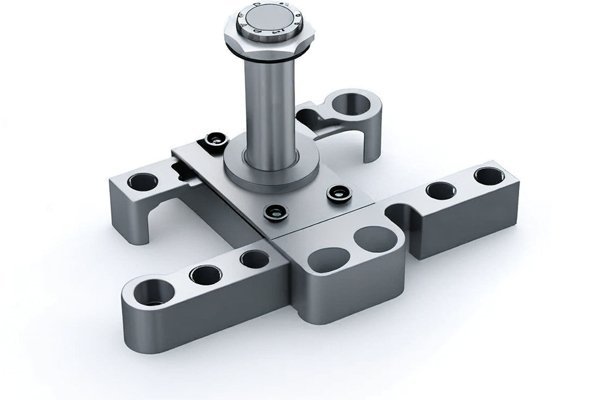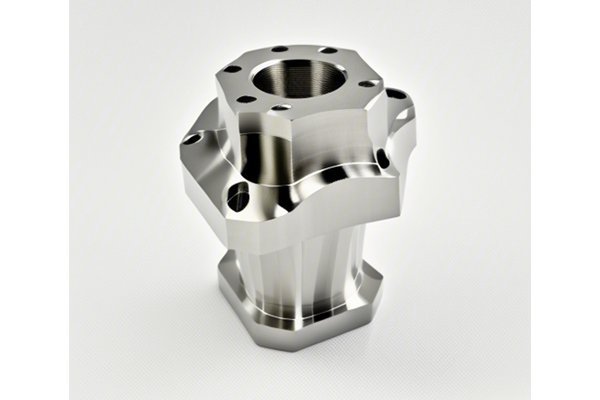Did you know that the manufacturing industry is experiencing a significant skills gap, with nearly 2.1 million jobs expected to go unfilled by 2030 due to a lack of skilled workers? This statistic highlights a pressing challenge faced by manufacturers today. While the road to modernizing manufacturing is filled with innovative technological advancements, one solution stands out as pivotal in combating the dilemma of insufficient operator skills: Computer Numerical Control (CNC) machining.
CNC machining not only streamlines manufacturing processes but also mitigates the risks associated with unskilled labor. In this blog, we will explore how CNC machining addresses these challenges and revolutionizes the manufacturing landscape.
The Skills Gap in Manufacturing
Before diving into how CNC machining solves skill gaps, it’s essential to understand the scope of this issue. The manufacturing sector is evolving, with advancements in automation, robotics, and smart technologies. However, the workforce has not kept pace.
How CNC Machining Addresses Skill Gaps
CNC machining can bridge the skills gap in several significant ways:
Today’s CNC machines come equipped with sophisticated yet user-friendly software interfaces. These interfaces make it easier for operators to program and operate machines even with limited prior experience.
CNC machining automates the production process, thereby decreasing reliance on manual skills:

Modern CNC machining systems are designed with flexibility in mind, allowing manufacturers to adapt quickly to changes in product demand while also simplifying the velocity of the learning curve for new operators.
CNC technology facilitates remote monitoring and support, helping manufacturers maximize productivity while managing operator skill levels.
As manufacturers adopt advanced technologies, training solutions are evolving as well. CNC machining has integrated cutting-edge training tools that provide immersive experiences for operators.
CNC machining is revolutionizing the manufacturing industry by effectively addressing the challenges of insufficient operator skills. Through user-friendly interfaces, automation, quick changeovers, remote support, and innovative training solutions, CNC technology provides a comprehensive framework that minimizes the skills gap and enhances productivity.
In summation, the integration of CNC machining not only lowers the barriers for new operators but also ensures consistent quality and efficiency in manufacturing processes. As the industry continues to evolve, it’s essential for manufacturers to embrace this technology to remain competitive in a rapidly changing environment.
This blog has highlighted the importance of understanding the intersection of technology and workforce capabilities in manufacturing. As we look to the future, the role of CNC machining will only grow, making it a critical aspect of any manufacturer’s strategy to combat skills shortages and thrive in the manufacturing landscape.
By investing in CNC machining solutions and training, manufacturers set themselves up for success today and into the future. The conversation surrounding technological integration in manufacturing is crucial—not only for immediate benefits but also for sustaining competitive advantage in the long run. Keep pondering this change as it shapes the future of the manufacturing industry.






